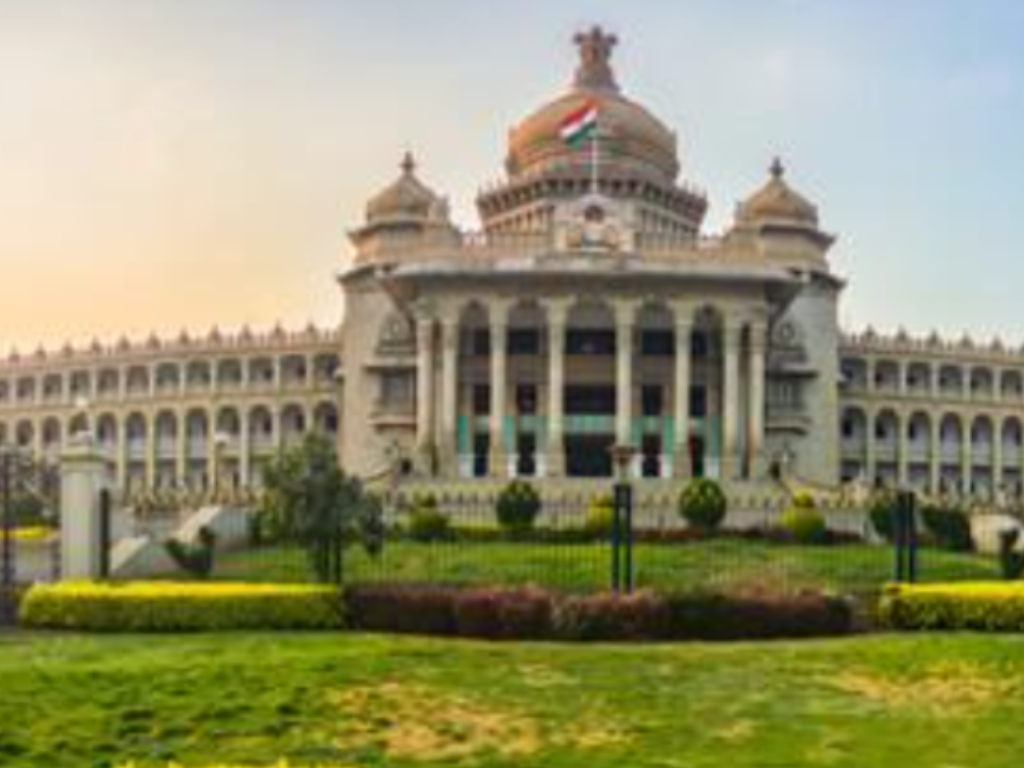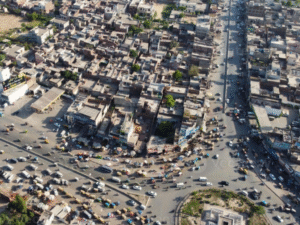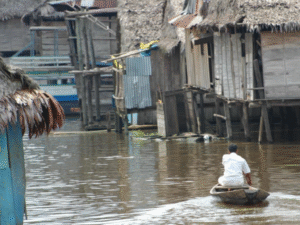Climate efforts don’t lack vision or direction. But in between the budgets and broken pavements, execution slips. In Bengaluru, as in many other cities in India, water scarcity, rising heat, and recurring floods are not just outcomes of weather, but of planning choices. These repercussions don’t impact everyone equally. For some, the delays are an inconvenience, but for others, the burden is heavier and the support, far thinner. So, that is exactly why what happens after the planning phase matters as much as the plan itself.
In earlier blogs, we looked at the visible signs. But beneath those signs lies a quieter, structural challenge: even when a climate plan is approved and a budget sanctioned, why do so many projects stall before they reach the ground? The problem isn’t just “what to do”, but rather, it’s “why doing it proves so hard”.
This gap between plan and reality isn’t always a grand failure. Often, it’s a web of local, logistical, and human factors that blueprints never capture. The World Bank has noted that up to 50% of urban infrastructure projects in Indian cities face delays due to local land, coordination, and contractor-related issues (World Bank, 2023).
When Execution Meets Everyday Life
Climate action doesn’t fail only because of a lack of funds or political will. It often stalls in the space between the drawing board and deployment. A metro station was delayed by land acquisition. A ward-level tree drive was paused because the planting season lapsed while approvals were stuck. Or a rainwater harvesting project was held up because no one could trace the contractor after elections changed the nodal officer.
Earlier this year, I happened to accompany a local field officer to a ward near Lingarajapuram. A rainwater harvesting unit had been approved, funded, and was ready to be installed. But as we reached the site, we hit a wall, literally! A disputed boundary, a narrow lane, and an upcoming local festival meant the work would be “taken up after a month.” When I followed up weeks later, the officer said the file had moved, just not the project.
In another ward I visited, a sanitation worker informed me that a flood-prevention upgrade had been approved for his area. But on the day of implementation, the earthmover couldn’t enter the narrow street without damaging a temple wall, something no blueprint had accounted for. The plan paused. The team moved on. The waterlogging remained.
These aren’t outliers; they’re patterns. In a survey of urban service delivery in 13 cities, 42% of respondents cited “coordination failure” as the biggest barrier to timely execution(Janaagraha, 2022). Implementation delays rarely make headlines, but they shape trust. When communities see stalled projects, repeated surveys, and shifting deadlines, the gap between governance and ground begins to widen.
Execution: More Than Just Logistics
Most climate plans assume a smooth downward flow: policies at the top, action at the bottom. But on the ground, a dozen small things can block progress: a missing contractor signature, a petrol allowance delay, the absence of a junior engineer, or unanticipated objections from a local group.
Bengaluru’s climate efforts cut across departments like roads, water, stormwater, transport, and electricity- and yet they often run in parallel, not together. Blueprints don’t always match site conditions. Work orders don’t account for power outages or procurement bottlenecks. What feels like a plan on paper may not fit the lived geography of a ward.
Even when teams are committed, they’re overburdened, managing multiple projects across departments. Monitoring also does slip through the cracks. Feedback loops, mid-course corrections, and escalation protocols are often not clear and documented. And climate action isn’t “one more” task—it demands time, care, and coordination. What begins as a five-month plan can easily slip into its second year without a clear reason or a clear fix.
Until Action Meets the Ground
Execution isn’t a postscript to climate policy. It is the policy. If we want Bengaluru to focus on resilience, we must treat end-to-end implementation as a climate competency, not just an administrative step.
That means investing in last-mile capacity: who will carry out the work, who will oversee it, and what tools they need to do it well. It also means building systems that can flex, not break, when shifts or transitions show up.
These aren’t easy fixes. But the whole machinery of urban governance is so complex that it houses pressured timelines, leadership transitions and bottlenecks like mandates and protocols. But unless our plans adapt to such complexes, even a visionary plan is only a promise. Climate action isn’t about new ideas. It’s about making them work. And that work begins, quietly, daily, on the streets where it’s needed most.


